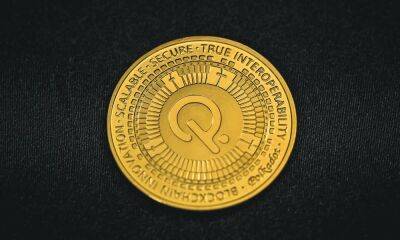Bitcoin price falls to a multi-month low, but data points to a possible short-term bounce
March started off on a low due to a resurrection of inflationary fears. On March 7, hawkish comments from United States Federal Reserve chairman Jerome Powell amplified the market’s expectation of a 50-basis point hike in the upcoming policy rate meeting on March 22 to March 23.
On March 8, the U.S. government’s $1 billion Bitcoin (BTC) transfer of assets seized from Silk Road sparked fears of a sell-off. Later on the same day, the largest crypto-friendly bank confirmed its collapse and planned to liquidate its crypto positions voluntarily. The week’s events sent Bitcoin to a two-week low of $20,050.
The flurry of bad news and price drops caused a significant dip in CryptoQuant's Coinbase premium index, which measures the difference in trading prices on Coinbase and Binance. Higher prices indicate stronger demand in the U.S. versus the rest of the world. The premium dipped to a two-month low on the morning of March 9 as negative news piled on.
On-chain analytics firm Santiment reported fear, doubt and uncertainty (FUD) settling in the markets, increasing the “probabilities” of contrarian price bounces during this “period of disbelief.“
However, the funding rate for BTC perpetual swaps is still neutral, with no major liquidations in the futures market. It doesn’t show considerable negative bias to suggest the possibility of a short squeeze. The Fear and Greed Index also slipped to two-month lows of 44 but stayed well above historic bounce levels between 10 to 25. This suggests that any positive rallies are likely to be short-lived.
Besides negative sentiment, on-chain data shows positive accumulation among the most critical stakeholders, miners and whales. The holdings of Bitcoin miners have been on the rise since the
Read more on cointelegraph.com

![Algorand’s [ALGO] downtrend slows down- Is a trend change likely? - ambcrypto.com - city Santiment](https://gocryptonft.com/storage/thumbs_400/img/2023/3/13/90879_div3.jpg)

















![Terra LUNA Classic [LUNC] Price Prediction 2025-2030: LUNC’s price fortunes depend on… - ambcrypto.com](https://gocryptonft.com/storage/thumbs_400/img/2023/3/12/90838_n6nwr.jpg)
